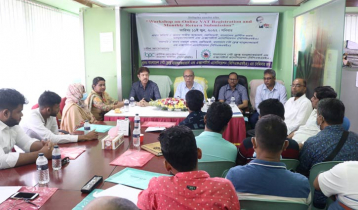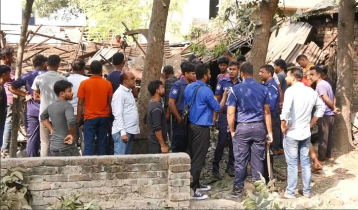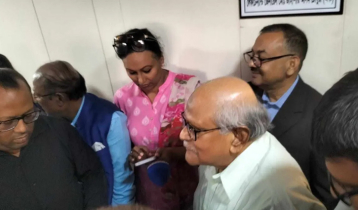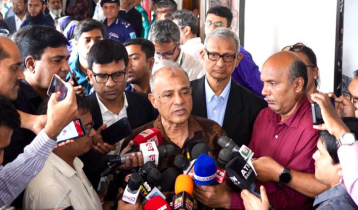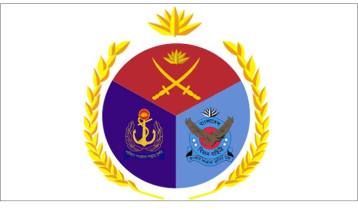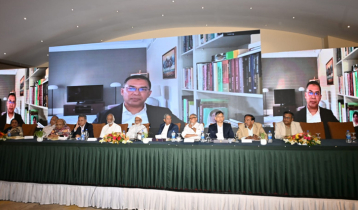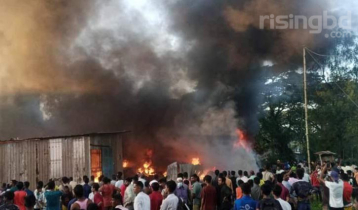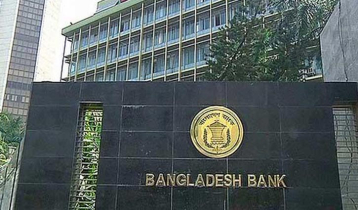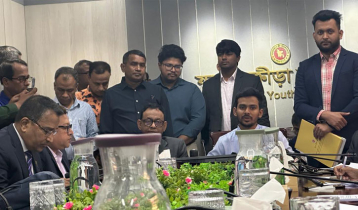Dengue-Chikungunya
Everybody needs to be aware
5 || risingbd.com
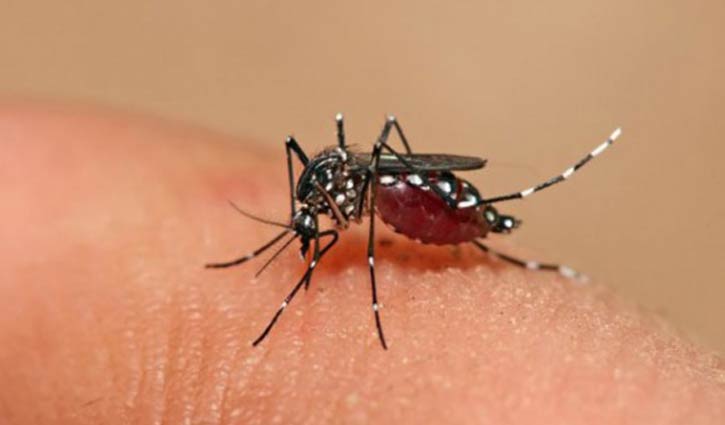
The nuisance of mosquitoes increases with the weather getting warmer after the adieu of winter season. There is no exception this time, too. The nuisance of mosquitoes has increased significantly. Chikungunya is a viral disease that spreads by the bite of infected mosquitoes. It is a debilitating but usually non fatal disease.
The disease is transmitted to humans by infected Aedes mosquitoes. The bite of the infected mosquitoes also spreads Dengue and many other mosquito-borne diseases. Last year mosquito-borne Chikungunya spread like an epidemic in Dhaka city. Side by side, the outbreak of Dengue was also reported. So, it is necessary to be conscious beforehand in this regard.
It is a matter of hope that Dhaka South City Corporation (DSCC) has taken an initiative to curb the outbreak of Chikungunya and Dengue fever in the capital. According to the news reports, DSCC this time has launched two-week long “Special crash programme” to reduce the mosquito menace in its region. The DSCC authority will spatter mosquito killing medicine in its ward no. 57 for consecutive two weeks under this programme which is undoubtedly a time-befitting initiative.
The outbreak of Chikungunya virus was reported towards the end of 2016 in the capital. Many people in the capital have been diagnosed with Aedes mosquito-borne Chikungunya disease. Generally, Chikungunya has some terrible sides although it causes no death. The most common signs or symptoms of Chikungunya are acute onset of fever and joint pain which is typically bilateral and symmetric. Typically the joints involved are small joints of the hand, wrist and ankles and larger joints of the knee and shoulder. Some other symptoms are headache, nausea or vomiting, muscle pain or rash.
Like Chikungunya, Dengue is also an infectious disease. Dengue fever is caused by any type of four closely related dengue viruses and transmitted by the mosquito named Aedes aegypti. Human transmission takes place when the Aedes mosquito bites a healthy person and feeds on an infected person’s blood. The principal symptoms of dengue are high fever and at least two of — severe headache, severe eye pain (behind eyes), joint pain, muscle and/or bone pain, rash, mild bleeding manifestation (e.g., nose or gum bleed, easy bruising), low white cell count in blood etc.
The Aedes aegypti mosquito is a daytime biter with peak periods of biting around sunrise and sunset. It may bite at any time of the day and is often hidden inside homes or other dwellings, especially in urban areas. So we have to use mosquito net in those periods. In most cases, there is a chance to be affected by this disease on day time. So, necessary steps should be taken so that mosquitoes cannot enter into room on day time. All dengue patients must be kept under mosquito net until the second bout of fever is over and they are no longer contagious.
To prevent the spread of dengue fever, first we must prevent the breeding of its vector, the mosquito. It prefers to breed in clean, stagnant water easily found in our homes. Items that collect rainwater or to store water (for example, plastic containers, drums, buckets, or used automobile tires) should be covered or properly discarded. Vases with fresh flowers should be emptied and cleaned (to remove eggs) at least once a week. This will eliminate the mosquito eggs and larvae and reduce the number of mosquitoes.
The initiative taken by the DSCC authority is not enough to prevent the spread of Chikungunya and Dengue fever. For this, health directorates will have to take adequate preparation in this regard. All city dwellers will have to be aware of this. Proper measures should be taken so that mosquitoes cannot take part in reproduction. Chikungunya can be prevented if people are more aware and keep their surroundings clean.
risingbd/Dhaka/March 3, 2018/Ali Nowsher/AI
risingbd.com



